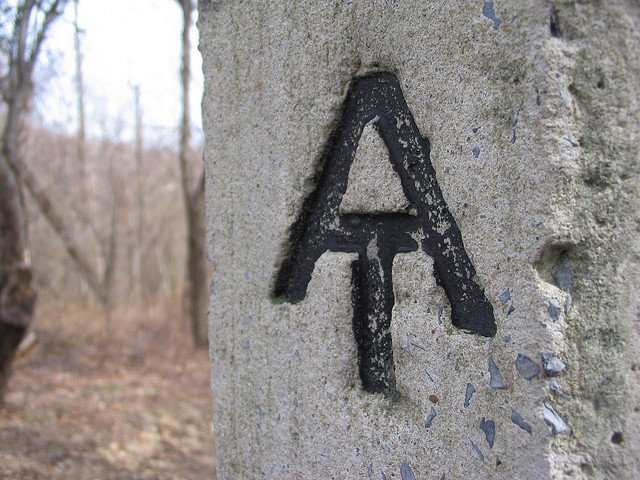
People hike the Appalachian Trail for a variety of reasons expecting to enjoy the breathtaking scenery and solitude only found in wilderness areas.
With the numbers of Appalachian Trail thru-hikers continuing to grow — registered hikers in 2014 tallying more than 2000 — this increase in hiker traffic is becoming a parks management problem with some ugly side effects. Trash, graffiti, and individuals who party heavily along the way, flaunting both the law and rules of common courtesy are coming more common.
Most of the 830+ people who completed the 2,189-mile journey last year were respectful of nature and the other hikers they met along the way. But officials believe the culture and attitude of people using this iconic footpath is changing and that there is a growing sense of entitlement among some thru-hikers. Many of them are newly out of college or financially stable enough to allow them to leave jobs for a month or more to make the hike.
Ron Tipton, who heads the Appalachian Trail Conservancy, worries about the impact. As a result of the film Walk in the Woods starring Robert Redford, which premiered this summer, the Appalachian Trail will receive a surge in visitors. When the book came out by Bill Bryson in 1998, hikers on the trail grew by 60 percent.
“We know we are going to have more hikers of all types,” Tipton said. “What a great opportunity to promote the value of the Appalachian trail to a broader segment of the population than we already reach.”
In Baxter, Maine the end of the thru-hike is at Mount Katahdin’s summit – for now. Lester Kenway, president of the Maine Appalachian Trails Club knows that reaching the summit motivates hikers, and changing the terminus to the trail would “be a disappointment to many.”
Colorado ultra-marathoner Scott Jurek completed his assault on the Appalachian Trail last month in a record time of 46 days and 8 hours. Following his celebration – with a bottle of champagne – at the Katahdin summit Jurek received citations for consuming alcohol in the park, for hiking with a large group and for littering.
Jurek argues that the citations were unfair and believes Baxter officials used the publicity surrounding his record-breaking thru-hike to send a message to problem hikers. He says that most thru-hikers spend four to six months on the trail experiencing the wilderness and with few exceptions he “can’t imagine them wanting to do things that would violate the wilderness.”
But some are, and openly. In Baxter State Park people are defying rules as they publicly use drugs and drink alcohol, camp in areas where it’s not permitted, and try to pass off their pets as service animals. Meanwhile, along the trail but hundreds of miles away, misbehaving hikers are the reason a small Pennsylvania community shuttered the sleeping quarters it had offered for decades in the basement of its municipal building.
Even younger trekkers seem surprised when a drinking/partying lifestyle appears on the trail, invades the shelters intended for a peaceful night’s rest, and as they see increasing amounts of trash dumped and graffiti markings as they hike the trail.
As one young thru-hiker said, “I wanted the solitude. I wanted to experience nature.” Bad behavior of others tarnished his experience.








